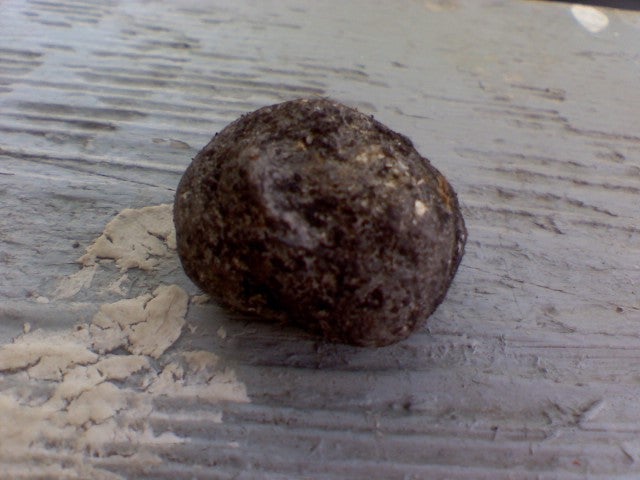Have you ever heard of seed bombs? Do you hate those blank vacant lots on the sides of roads and city streets? Have you wanted to put a flower garden in one of those lots, but have been afraid of being arrested? Maybe you do not have the money to buy all those flower transplants? Is the lot just too hard to get into? And think of how many times you have seen a bare plot with nothing in it or a neglected flower bed that you just wished you could plant on? Well then, seed bombs are just right for you.
A seed bomb is cheap compared to buying transplants, is natural and organic, easy to make, pocket-sized, and you can easily cover a large area with seed bombs in a very short time. The seed bomb is also a great weapon in a guerrilla gardener’s arsenal when a guerrilla gardener needs to quickly get the job done.
Materials for your seed bombs
All materials are cheap or free, easy to find, and natural and organic.
Clay
Use locally dug-up clay if available. If unavailable, use Crayola Air-Dry Clay, which costs about $5.00. The clay is used to protect the seeds from insects, birds, and mice that might eat them.
Water
This is for forming the clay; do not water the seed bomb when finished.
Seeds native to your area
Check with your state’s department of natural resources for which seeds/plants are native to your area. Not only will they grow well, but they also will not crowd out other plants, disrupt bird and insect populations, or do other environmental damage.

Composted soil
If possible, use composted soil in your seed bomb to help give the seeds a good start.
Directions
Cut the clay into a very thin piece. The thinner you make it the easier you can press it down and shape it into a ball. Press it down on a large flat surface. Make sure it’s not paper thin but not as thick as a book. Cut to about 2 and a half inches wide and 2 inches high.
Sprinkle the compost onto the clay and the more compost you put on the better the chance the seeds will germinate.

Add about 2 seeds to the mixture depending on the quality of the seeds and add just a few drops of water. The water will also help the compost stay inside the seed bomb. Finally, scrape it up with your fingers and roll it into a ball, making sure you don’t let the seeds poke out.
To have a better chance of your seed bomb growing, drop it into a pot of compost, rub the compost in, and take it out and rub it in again. Keep repeating this process till about the 5th rubbing, then you have most likely covered the seed bomb with the compost.
Now, just let your seed bomb air dry and you’re finished.
You can fit about 9 seed bombs or more in one pocket and you are ready to throw your seed bombs into any vacant lot or neglected flower bed. Also, don’t forget to water your new brand new guerrilla garden once it starts growing!








